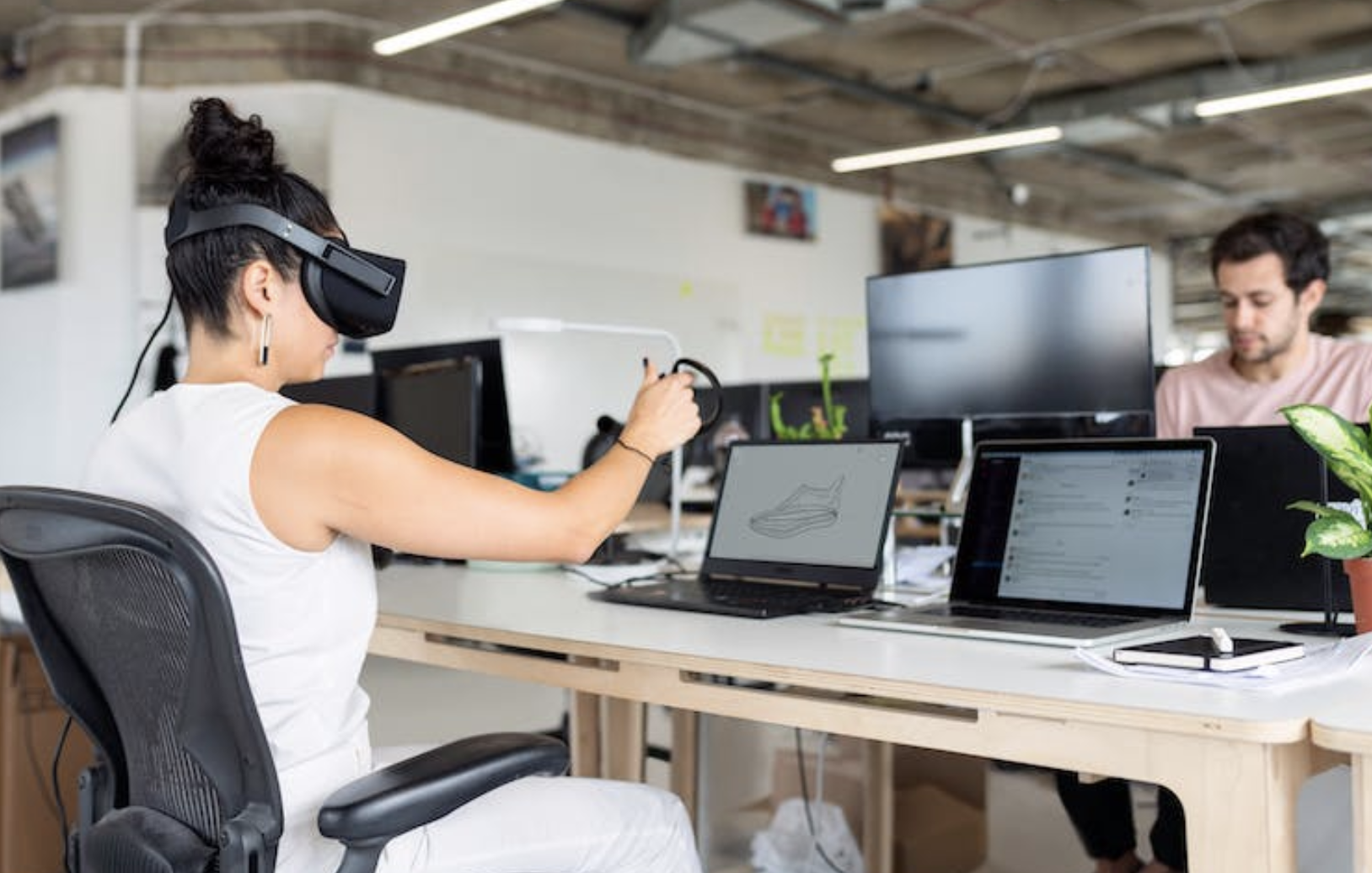E-Learning has seen a remarkable transformation in recent years, thanks to advancements in Virtual Reality (VR) technology. As VR becomes more accessible and affordable, it is revolutionizing the way we learn and acquire new skills. In this blog, we'll explore the latest trends in e-learning and virtual reality, unveiling how this combination is shaping the future of education and training.
Trend 1: Immersive Learning Experiences
Virtual Reality allows learners to step into a virtual world, creating highly immersive learning experiences. Whether it's exploring historical landmarks, dissecting virtual organs, or conducting virtual chemistry experiments, VR makes learning engaging and unforgettable.
Trend 2: Skill-Based Training
In fields such as healthcare, aviation, and engineering, VR is becoming indispensable for hands-on training. Students and professionals can practice complex procedures, troubleshoot machinery, and refine their skills in a safe, virtual environment.
Trend 3: Enhanced Interactivity
With VR, interactivity reaches new heights. Learners can interact with objects, simulations, and scenarios, fostering deeper understanding and critical thinking. This hands-on approach accelerates the learning process.
Trend 4: Accessibility and Affordability
VR headsets are becoming more accessible and affordable, making them accessible to a broader audience. This democratization of VR technology ensures that more learners can benefit from immersive experiences.
Trend 5: Gamification and Engagement
VR-based educational games and simulations are on the rise. Gamification elements, like rewards and challenges, keep learners motivated and engaged, resulting in better knowledge retention.
Trend 6: Remote Learning and Collaboration
VR facilitates remote learning by connecting students and educators worldwide in shared virtual spaces. Collaborative learning in VR environments transcends geographical boundaries, fostering global communities of learners.
Trend 7: Customized Learning Paths
VR systems can adapt to individual learners, tracking their progress and adjusting content accordingly. This personalized learning approach ensures that learners receive tailored experiences based on their abilities and needs.
Trend 8: Data-Driven Insights
VR platforms generate extensive data on learner interactions and performance. Educators and institutions can analyze this data to refine teaching methods, track progress, and provide timely interventions.
Challenges and Considerations
While VR in e-learning offers incredible potential, it comes with challenges. These include the cost of VR hardware, content creation complexity, and ensuring equitable access to VR technology.
The Future of E-Learning and VR
The fusion of e-learning and VR is set to redefine education and training across industries. As technology continues to advance, VR is likely to become an integral part of curricula, professional development, and skills training.
The trends in e-learning and virtual reality are reshaping education and training, offering immersive, interactive, and personalized learning experiences. As VR technology becomes more accessible and content creation tools improve, the potential for transforming education and skill acquisition is limitless. Embracing these trends can position learners and organizations at the forefront of the future of learning.
Read More:




